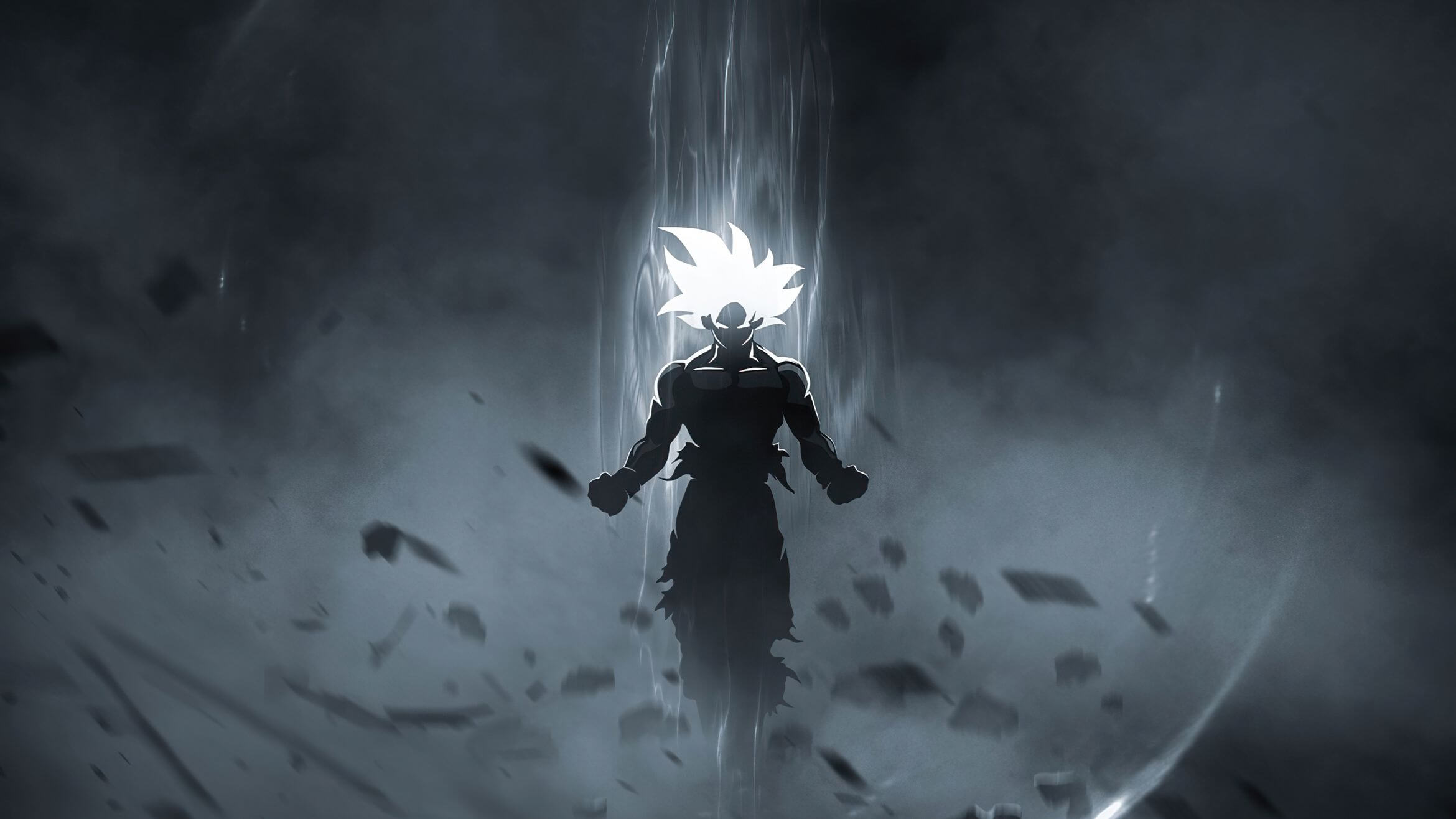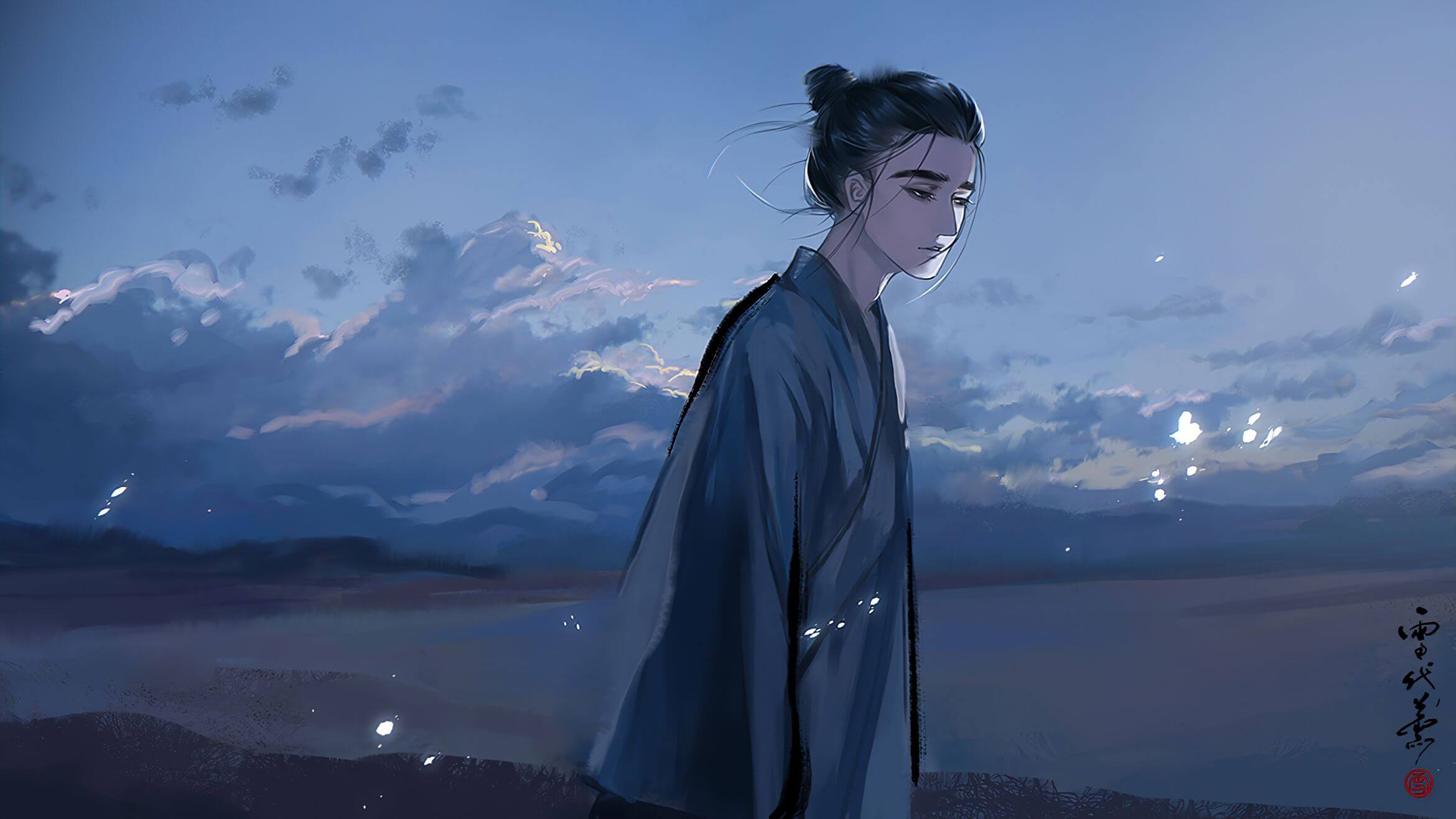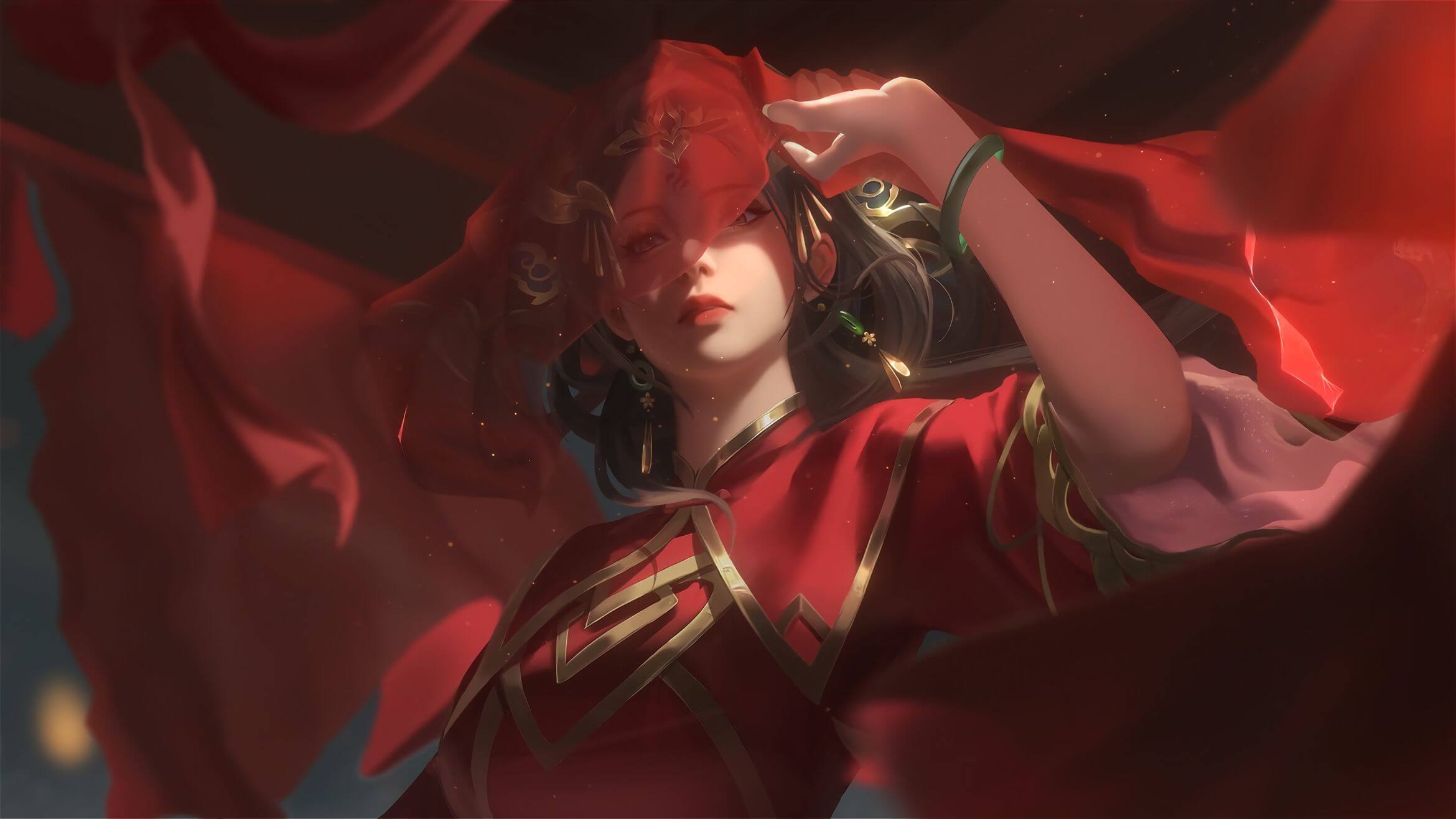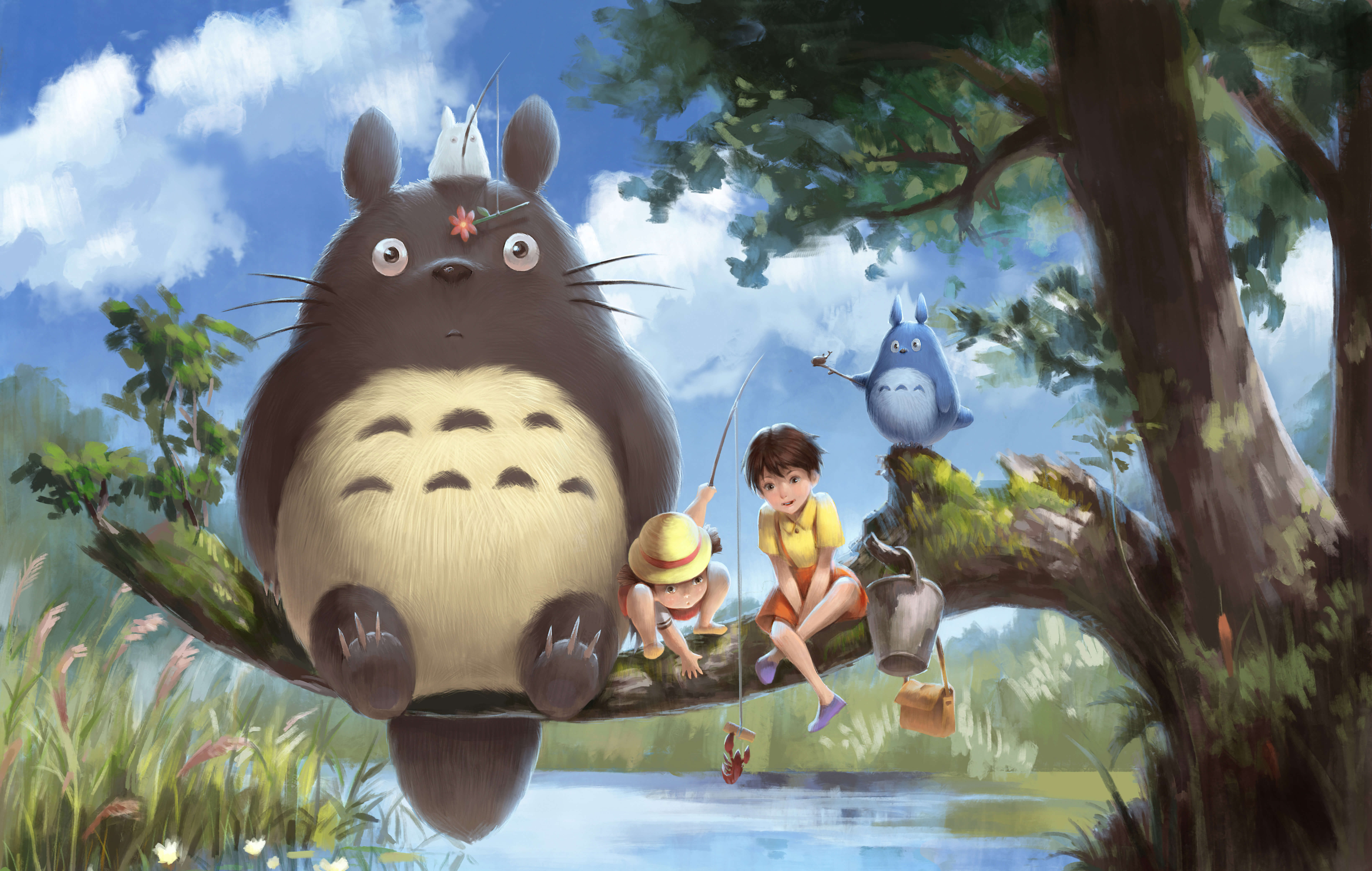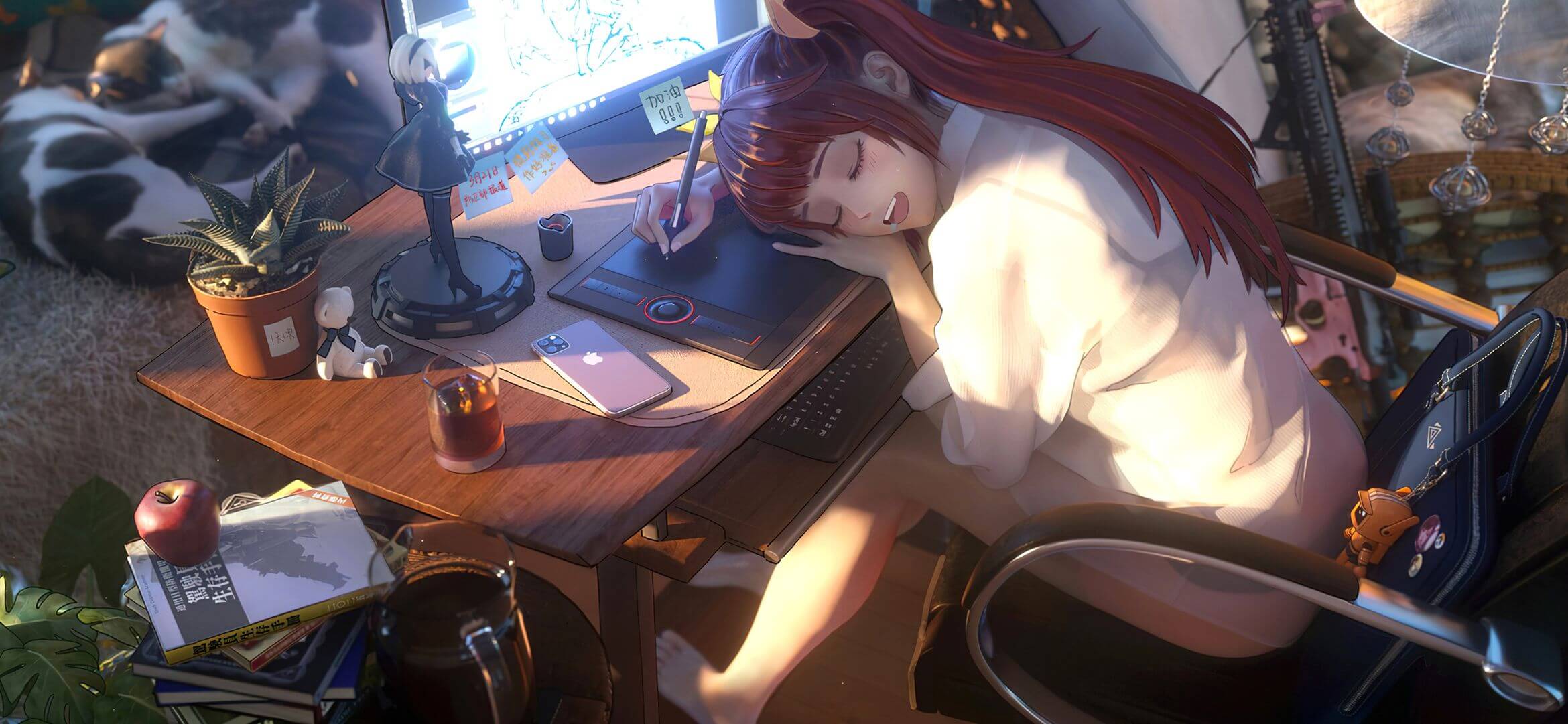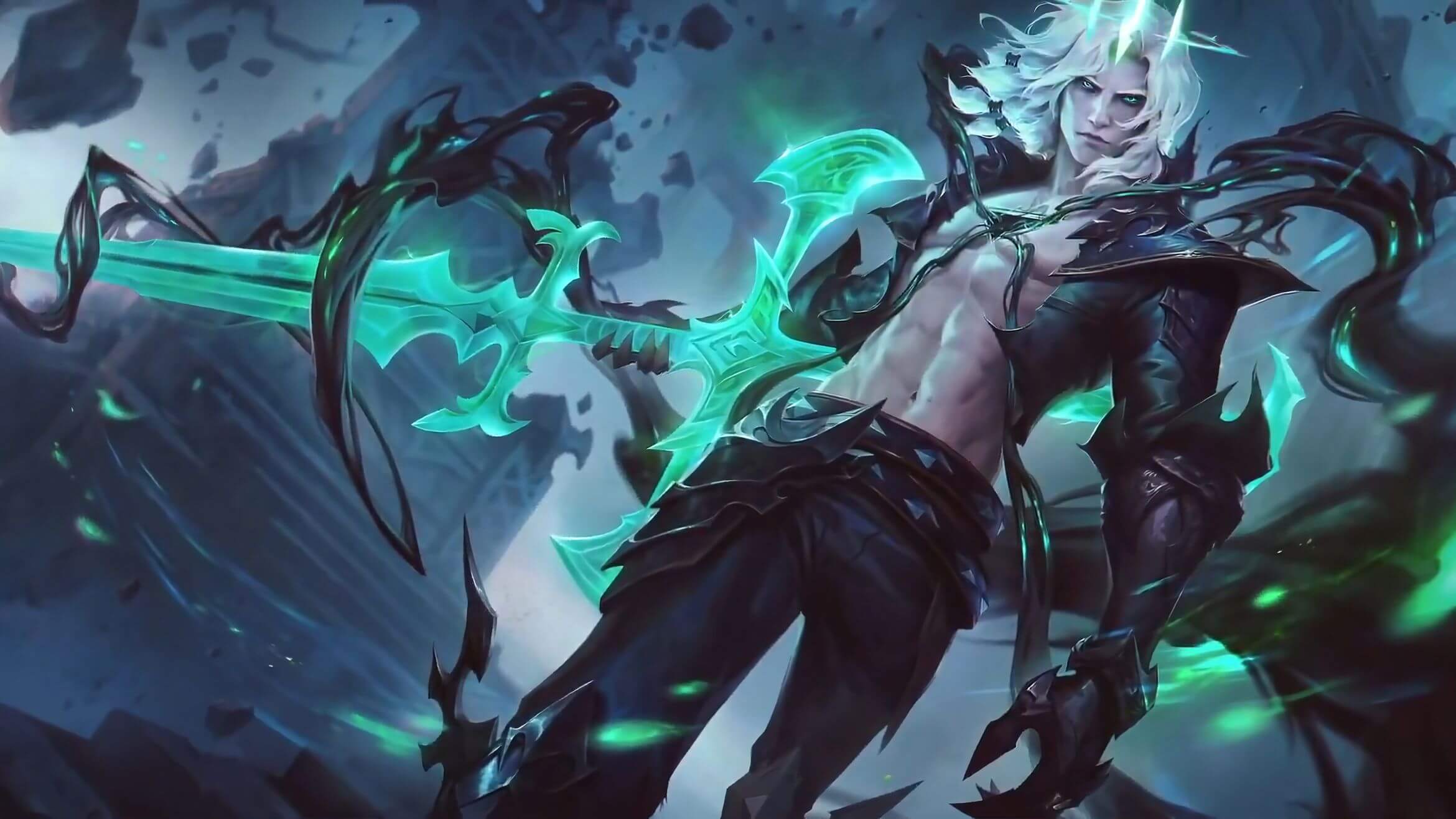一. 继承图

二. Xml方式
1. 所有的布局共有的属性
① View在左上右下四个方向和其他View之间的距离,值是 dp
1
2
3
4
| android:layout_marginStart (android:layout_marginLeft)
android:layout_marginTop
android:layout_marginEnd (android:layout_marginRight)
android:layout_marginBottom
|
② View内部元素到View左上右下边框之间的距离,值是 dp
1
2
3
4
| android:paddingStart (android:paddingLeft)
android:paddingTop
android:paddingEnd (android:paddingRight)
android:paddingBottom
|
③ 容器 内部的对齐方式 以及 容器相对于父容器的对齐方式
1
2
| android:gravity
android:layout_gravity
|
2. RelativeLayout 独有的属性
① 相对父容器位置,值是 true 或者 false
1
2
3
4
| android:layout_alignParentStart (android:layout_alignParentLeft)
android:layout_alignParentTop
android:layout_alignParentEnd (android:layout_alignParentRight)
android:layout_alignParentBottom
|
② 相对其它View位置,值是 其它View 的 id值
1
2
3
4
| android:layout_alignStart (android:layout_alignLeft)
android:layout_alignTop
android:layout_alignEnd (android:layout_alignRight)
android:layout_alignBottom
|
③ 在其它View的上(下)边,值是 其它View 的 id值
1
2
| android:layout_above
android:layout_below
|
④ 相对于 父容器,水平方向,垂直方向是否居中,值是 true 或者 false
1
2
3
| android:layout_centerInParent
android:layout_centerHorizontal
android:layout_centerVertical
|
⑤ 在指定视图的上下方
1
2
| android:layout_below="@+id/XXX"
android:layout_above="@+id/XXX"
|
3.简单的demo
1
2
3
4
5
6
7
8
9
10
11
12
13
14
15
16
17
18
19
20
21
22
23
24
25
26
27
28
29
30
31
32
33
34
35
36
37
38
39
40
41
42
43
44
45
46
47
| <?xml version="1.0" encoding="utf-8"?>
<RelativeLayout xmlns:android="http://schemas.android.com/apk/res/android"
xmlns:app="http://schemas.android.com/apk/res-auto"
xmlns:tools="http://schemas.android.com/tools"
android:layout_width="match_parent"
android:layout_height="match_parent"
tools:context=".MainActivity">
<RelativeLayout
android:layout_width="300dp"
android:layout_height="300dp"
android:background="@color/colorAccent"
android:layout_centerInParent="true">
<Button
android:id="@+id/btn1"
android:layout_width="wrap_content"
android:layout_height="wrap_content"
android:text="按钮1"
android:layout_alignParentBottom="true"
android:layout_alignParentEnd="true"
android:layout_marginBottom="10dp"
android:layout_marginEnd="10dp"
/>
<Button
android:id="@+id/btn2"
android:layout_width="wrap_content"
android:layout_height="wrap_content"
android:text="按钮2"
android:layout_alignBottom="@id/btn1"
android:layout_alignParentStart="true"
android:layout_marginStart="10dp"
android:paddingStart="30dp"
/>
<Button
android:id="@+id/btn3"
android:layout_width="wrap_content"
android:layout_height="wrap_content"
android:text="按钮3"
android:layout_above="@id/btn1"
/>
</RelativeLayout>
</RelativeLayout>
|

三. Java代码
1.操作步骤
1.找到 View 想要添加的容器
2.创建 View ,并设置相关属性
3.创建对应容器类型的 LayoutParams,根据自己的要求设置约束
2.操作例子
1
2
3
4
5
6
7
8
9
10
11
12
13
14
15
16
17
18
19
20
|
RelativeLayout rootLayout = (RelativeLayout) findViewById(R.id.root_layout);
XLImageView dotImgView = new XLImageView(getApplicationContext());
RelativeLayout.LayoutParams relativeParams = new RelativeLayout.LayoutParams(
ViewGroup.LayoutParams.WRAP_CONTENT,
ViewGroup.LayoutParams.WRAP_CONTENT
);
relativeParams.leftMargin = (x + Utils.dpToPx(35, density)) +
(col * Utils.dpToPx(99, density));
relativeParams.topMargin = (y + Utils.dpToPx(162, density)) +
(row * Utils.dpToPx(99, density));
rootLayout.addView(dotImgView,relativeParams);
|
参考文章
六大布局之RelativeLayout


